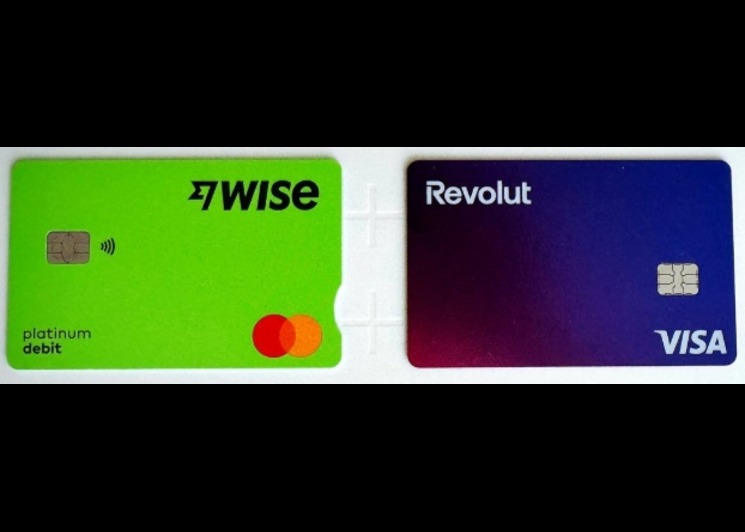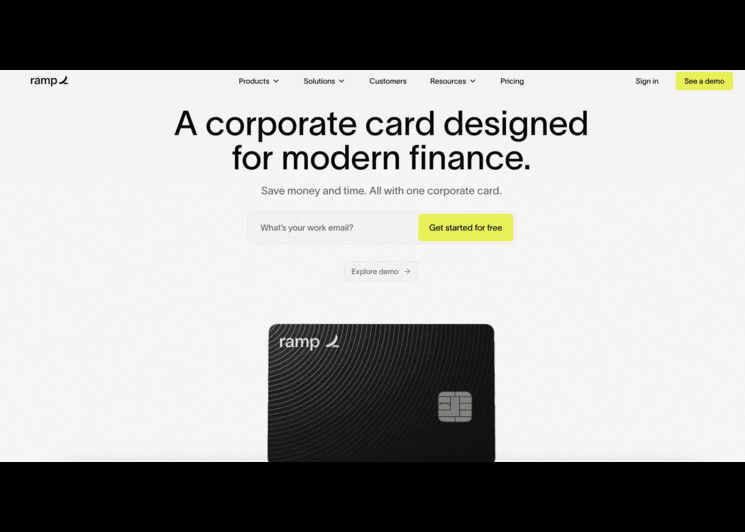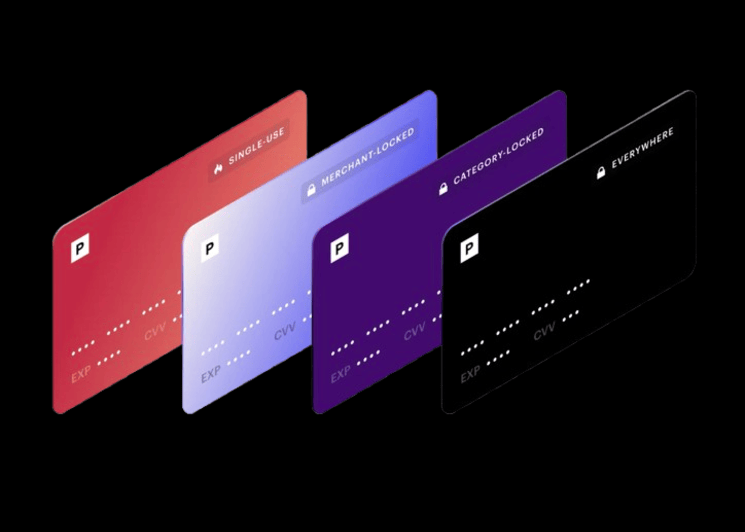How to Advertise on Google for Better Results
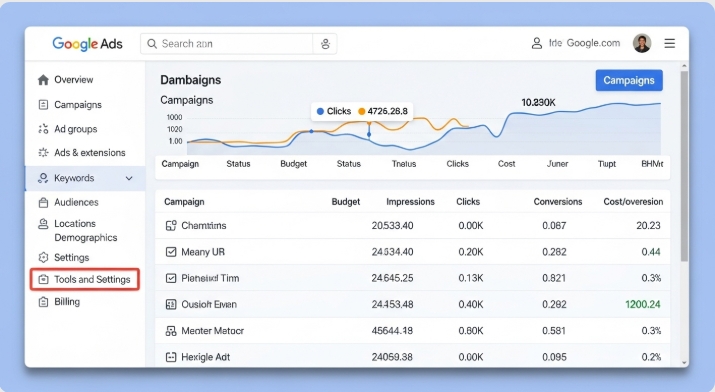
Understanding how to advertise on Google means mastering both sides of the process: data and discipline. Done right, it gives your business visibility, control, and measurable growth, not just impressions on a dashboard.
To advertise effectively on Google, you need more than a set of keywords, you need a strategy that aligns your audience, ad content, and spend. It’s about knowing which campaigns drive results and how to track every click down to its return. That’s also where tools like Bycard come in handy, allowing businesses to manage ad payments securely, create dedicated virtual cards for each campaign, and keep budgets organized without financial overlap.
Advertising on Google is one of the most effective ways to reach people who are already searching for what you offer. It’s where intent meets opportunity, where a single search can turn into a sale, signup, or long-term customer. But success on Google Ads doesn’t come from luck or large budgets; it comes from clarity, structure, and smart execution.
Why Google Advertising Matters
- Search intent is strong: According to WordStream, 63,000 searches occur per second on Google, that’s nearly 5.5 billion searches per day.
- Flexible budget options: You can start small (e.g. $5–$10/day) and scale upward as results improve.
- Measurable outcomes: With Google Ads, you see exactly how much you pay per click, conversion, and lead, so you can adjust in real time.
Understanding how to advertise on Google is not just about throwing money at keywords, it’s about being deliberate, tracking metrics, and optimizing continuously. And if you manage multiple campaigns, handling ad payments can get tricky. That’s where Bycard comes in, helping you create virtual cards specifically for ad spend, control budgets per campaign, and track every payment with clarity.
The Foundation: Before You Launch
1. Define Your Goals & KPIs
Decide whether you want leads, sales, phone calls, or brand visibility. For example:
- Lead generation: number of form submissions
- E-commerce: number of purchases, revenue, ROAS
2. Know Your Audience & Keywords
Use tools like Google Keyword Planner, SEMrush, or Ahrefs to discover terms people search for. Segment these by intent (informational vs. transactional). For instance, if you sell gardening tools, “buy pruning shears online” is more likely to convert than “types of pruning shears.”
3. Competitor Research
See what ads your competitors run or simply search your target keywords. Observe their headlines, calls to action, and landing pages. Take note of what offers and angles appear to resonate.
4. Landing Page Preparation
Your ad will only perform if the landing page delivers what the ad promises. Keep it fast, relevant, and focused. Test different layouts, ensure mobile responsiveness, and include one clear call to action (CTA).

Perfect Card for running ads!
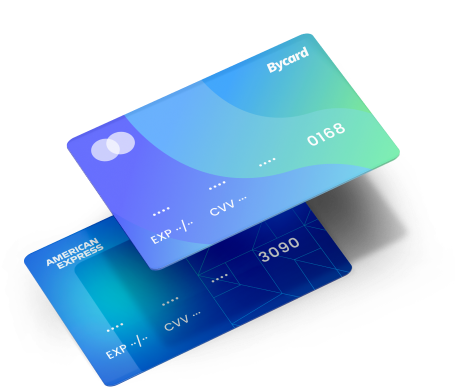
Step-by-Step: How to Advertise on Google
Below is a practical roadmap to launch your first Google Ads campaign.
| Step | Action | Key Considerations |
| 1 | Create Google Ads account | Set up billing, time zone, and link to Analytics |
| 2 | Choose campaign type | Search, Display, Video, Shopping, etc. |
| 3 | Select keywords & match types | Broad, Phrase, or Exact match |
| 4 | Create ad groups | Group similar keywords together |
| 5 | Write ad copy & set extensions | Headlines, descriptions, site links, callouts |
| 6 | Set budgets & bidding | Manual CPC, Maximize Conversions, Target CPA |
| 7 | Launch and monitor | Track CTR, CPC, and Quality Score early |
| 8 | Optimize & iterate | Pause weak ads, scale winners, refine negatives |
When setting up billing, consider using Bycard virtual cards for smoother, safer ad payments. You can assign a unique card per campaign, set specific limits, and top up instantly, giving you real control over your ad budgets without risking overspend or payment blocks.
Keywords, Ad Copy & Extensions

Successfully advertising on Google requires the right mix of keywords and compelling ad copy. Key practices include:
Creativity attracts clicks, but clarity and trust convert them into customers.
Keyword Selection
- Exact Match: Ads appear only when the query closely matches your keyword (most control, narrower reach).
- Phrase Match: Captures searches that include your keyword phrase, with additional words before or after.
- Broad Match: Reaches a wider audience but requires careful use of negative keywords.
- Tip: Stick to 10–20 closely related keywords per ad group for relevance and focus.
Ad Copy Best Practices
- Naturally include your main keyword in headlines without overstuffing.
- Highlight numbers, offers, or benefits (e.g., “Save 20%,” “Next-day delivery”).
- Use site link extensions, callouts, or structured snippets to increase visibility.
- Test 2–3 ad variations per ad group, then pause underperformers.
Conversion Mindset
- Creativity attracts clicks, but clarity and trust convert them into customers.
Budgeting & Bidding
When you understand how to advertise on Google, picking the right bidding strategy matters.
Common options include:
- Manual CPC: You control every bid.
- Target CPA: Google aims for a cost per conversion you set.
- Maximize Conversions: Google automates bidding for more conversions within your budget.
Start small until you understand your conversion costs. For example, if a lead is profitable at $10, you might pay $3–5 per click initially.
Here’s where Bycard adds real value: instead of linking your main bank card, you can create a dedicated Bycard virtual card for each campaign. Each has its own spending limit, making budget tracking simpler. You can pause or replace a card anytime, top up with crypto or wire transfers, and view spend reports instantly. It’s a smarter way to stay in control as you test different bids and campaigns.
Managing Your Google Ads Budget with Bycard
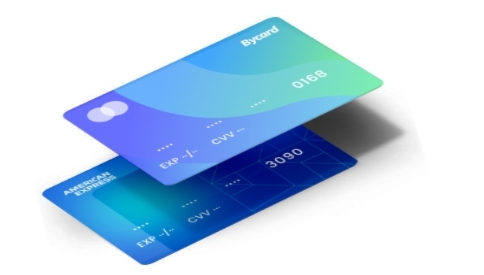
Running Google Ads involves more than setting bids; it requires budget control and secure payment methods. Bycard’s Google Ads Virtual Credit Cards (VCCs) provide a streamlined solution.
Key Features:
- Instant card activation
- Campaign-specific spend limits
- Detailed spend tracking and reporting
- Flexible payment options
- Enhanced security for each campaign
- Multi-currency support
- Easy reconciliation of all ad payments
Setup:
- Register & verify on Bycard
- Add funds to your virtual wallet
- Create a VCC for your Google Ads campaign
- Add the card in Google Ads
- Activate and start your campaign
Bycard VCCs ensure full control over ad budgets while reducing risk and simplifying financial management.
Measuring Success: Key Metrics to Track
Running ads is one thing; knowing if they’re working is another. Keep track of:
- Click-Through Rate (CTR): Clicks ÷ Impressions
- Quality Score: Google’s measure of ad relevance and landing page experience
- Cost per Click (CPC)
- Conversion Rate (CVR)
- Cost per Acquisition (CPA)
- Return on Ad Spend (ROAS): Revenue ÷ Ad Spend
Optimizations & Scaling
Once your campaign is running, the real improvements come from constant fine-tuning, pairing consistent testing with spending control
- Review Search Query Reports to filter irrelevant clicks.
- Pause underperforming keywords or ad groups.
- Increase bids on high-performing terms.
- Experiment with landing page layouts or offers.
- Test audience targeting and remarketing.
- Use Bycard’s spend controls to adjust campaign budgets dynamically as you scale.
Avoiding these pitfalls keeps your campaigns lean and profitable, and using Bycard can protect your budget from unnecessary charges or billing errors during testing phases They are: .
Common Mistakes to Avoid
- Running one campaign for too many unrelated keywords.
- Ignoring negative keywords.
- Skipping conversion tracking.
- Letting poor ads run too long.
- Automating too early without enough data.
Conclusion
Advertising on Google is more than setting up campaigns, it’s about strategy, data, and disciplined execution. From selecting the right keywords and crafting compelling ad copy to tracking metrics and optimizing bids, every step affects your results. By pairing these practices with tools like Bycard Google Ads VCCs, you can manage ad budgets securely, assign cards to specific campaigns, and gain full visibility into your spending.
When done thoughtfully, learning how to advertise on Google gives your business measurable growth, efficient spending, and better control over campaigns, turning clicks into real customers and campaigns into tangible revenue.


